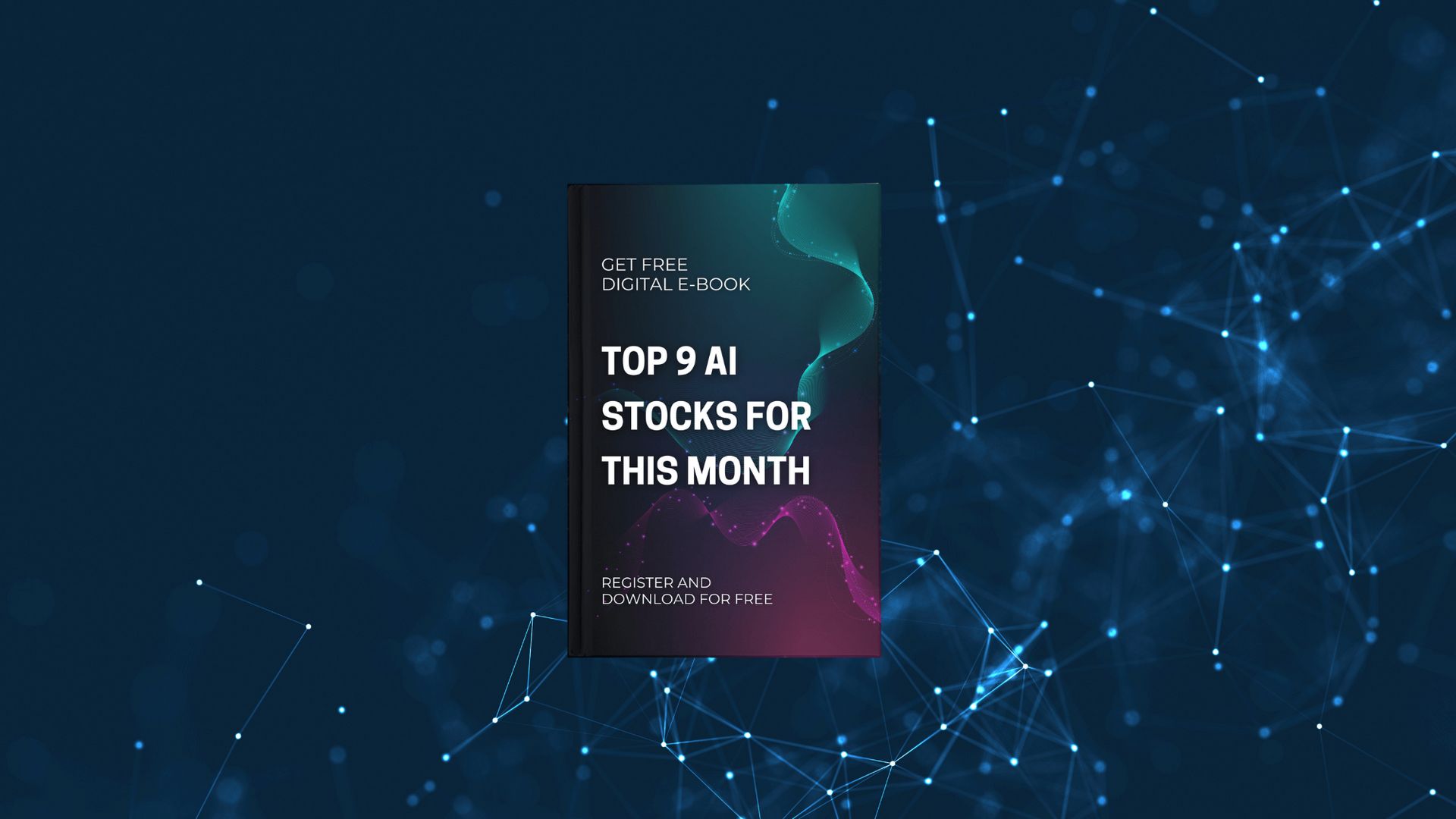- Macro Notes
- Posts
- Signals Are Flashing but the Market’s Still Moving
Signals Are Flashing but the Market’s Still Moving

On the surface, the U.S. economy looks strong. Stock indices are hitting record highs. Jobless claims remain low. Retail earnings are solid.
However, a different story is emerging underneath, one told by the data that tends to lead, rather than follow.
The Leading Economic Index (LEI), a composite of 10 forward-looking indicators, fell again in June. The Conference Board reported a 0.3 percent decline, marking the 26th drop in the last 29 months. That index has now dropped 2.8 percent year-to-date, a faster pace than its decline in late 2024.
Stock prices were the biggest source of strength in the LEI. But that gain was not enough to outweigh persistent weakness in consumer expectations, new manufacturing orders, and rising unemployment claims.
This divergence between markets and macroeconomic signals is becoming increasingly difficult to ignore. While no one is forecasting a recession just yet, growth is clearly slowing. If trends in leading data continue, investors may need to reconsider the “soft landing” consensus that has supported risk assets for much of 2023.

Timed Jump (Sponsored)
Some stocks don’t just rise — they explode.
A new report reveals 5 stocks with the potential to gain 100%+ in the next 12 months, backed by strong fundamentals and bullish technical signals.
Past picks from this team have soared +175%, +498%, even +673%. ¹
This free report gives direct access to the names and tickers — no fluff, just high-upside plays.
Available free until midnight tonight.

Stay Up to Speed on Macro News!
We now send our macro-focused news via text, so you’re never far from the latest market-moving action.

Economic Impacts
The LEI is built to anticipate turning points in the business cycle. Currently, it’s indicating a broad cooling across the U.S. economy.
Key contributors to the decline include:
Weak new orders in manufacturing, signaling demand softness across industrial supply chains
Low consumer expectations, which often precede pullbacks in discretionary spending
Rising jobless claims, now increasing for the third straight month
Muted building permits, reflecting drag in residential construction
These pockets of weakness contrast with strong equity markets, leaving many economists to warn that the "last leg" of strength, consumer spending and corporate confidence, may be more fragile than it appears.
The Conference Board expects economic growth to slow meaningfully in the second half of 2025.
Higher prices, elevated interest rates, and tighter labor market conditions are starting to weigh on real activity, even if it hasn't yet been reflected in earnings.

Sector Incentive Stocks (Sponsored)
The second quarter has brought a wave of volatility, but also rare opportunity.
A just-released investor guide reveals seven stocks positioned to lead, based on deep research and market momentum.
These companies have one thing in common: big upside with limited crowd exposure.
From energy to biotech, this report uncovers where the smart money is flowing.
Claim the full list now before institutional buyers drive up prices.
[Get Your Free Guide Now]

Investor Takeaways
This is the type of environment where good data and bad data can coexist.
The risk is assuming that market momentum will override deeper, more fundamental structural signals.
Investors should:
Stay selective: Not all companies are positioned equally for a slowdown. Look for strong balance sheets, demand visibility, and flexible cost structures.
Watch labor trends: The job market has held up well, but the uptick in claims suggests softness is spreading. Any sustained rise in unemployment could alter spending behavior and market sentiment quickly.
Use LEI trends as context: While the stock market serves as a real-time gauge of sentiment, the LEI provides a forward-looking signal. When they diverge this sharply, it’s worth preparing for adjustments.
Avoid chasing overheated sectors: If growth slows as expected, recent leaders may face mean reversion. This is a good time to review position sizes and stress-test your thesis.

New Opening (Sponsored)
The escalating U.S.-China trade tensions are reshaping the AI landscape.
Companies like Nvidia are facing significant revenue hits with the U.S. imposing new export restrictions on advanced AI chips to China.
This shift opens doors for U.S.-based AI companies poised to fill the gap. I’ve identified 9 under-the-radar AI stocks with:
Deep AI integration across their core operations
Strong U.S. manufacturing capabilities
Infrastructure ready to capitalize on policy shifts
Access our FREE report, "Top 9 AI Stocks for This Month" to discover these opportunities before the broader market catches on.

Top Takeaways
The LEI is flashing warning signs, even as market confidence remains high.
✅ Leading indicators suggest growth is slowing, which may favor quality names with predictable cash flow
✅ Rising jobless claims and weak consumer sentiment require closer watch as Q3 unfolds
❌ Don’t mistake market highs for economic strength, as momentum can mask fragility
❌ A slowdown doesn’t mean panic, but it does mean adjusting expectations and positioning ahead of time

Top Picks
Intuit Inc. (NASDAQ: INTU) |
The Hershey Company (NYSE: HSY) |
American Water Works (NYSE: AWK) |
W.W. Grainger Inc. (NYSE: GWW) |

Stock to Buy
Johnson & Johnson (NYSE: JNJ) The company’s earnings are growing steadily, and it has topped both revenue and profit expectations in recent quarters. JNJ also offers balance sheet strength and a wide moat across multiple business lines, including medical devices and consumer health. At a forward price-to-earnings ratio under 18, JNJ trades below its long-term average and offers upside without requiring a perfect macro environment. |
Why it works now:
Strong earnings momentum with rising estimates
Defensive sector exposure with global scale
Dividend income plus valuation support
Less sensitive to economic surprises or supply chain volatility
This is a solid core holding that fits perfectly in a portfolio that wants to stay bullish but not blind.

That’s it for today’s edition—thanks for reading! Reply to this email with any feedback or let me know which macro trends or markets you’d like me to cover next.
Best Regards,
—Noah Zelvis
Macro Notes


